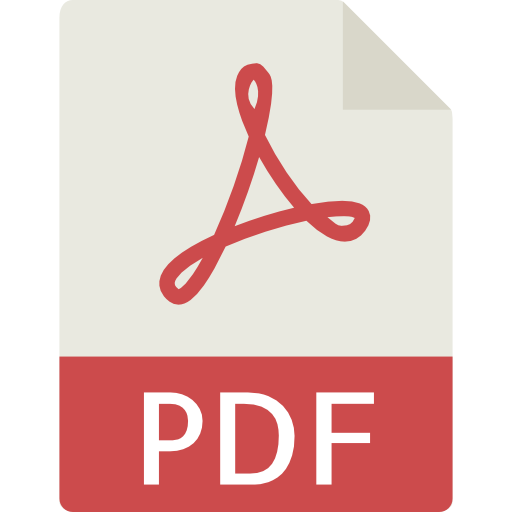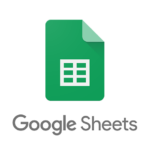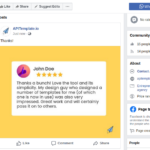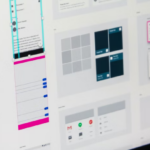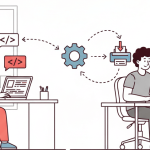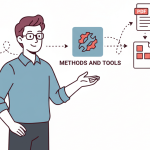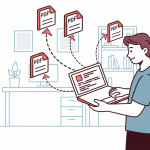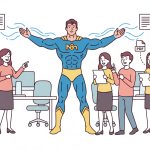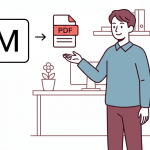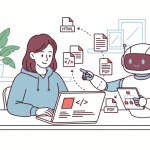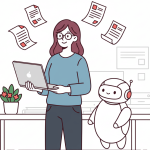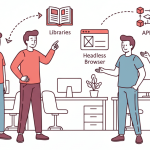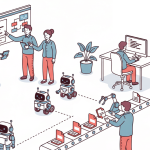1. Introduction
Vibe Coding has become the latest buzz in software development because it lets you describe what you want, freeing you from worrying about how to write every line of code.
By expressing your intent in plain language, you can tap into AI assistants that translate your ideas into working HTML, CSS, or even full-stack snippets at lightning speed. This accelerates prototyping, reduces repetitive boilerplate, and empowers both seasoned engineers and newcomers to build complex templates without deep knowledge of underlying syntax.
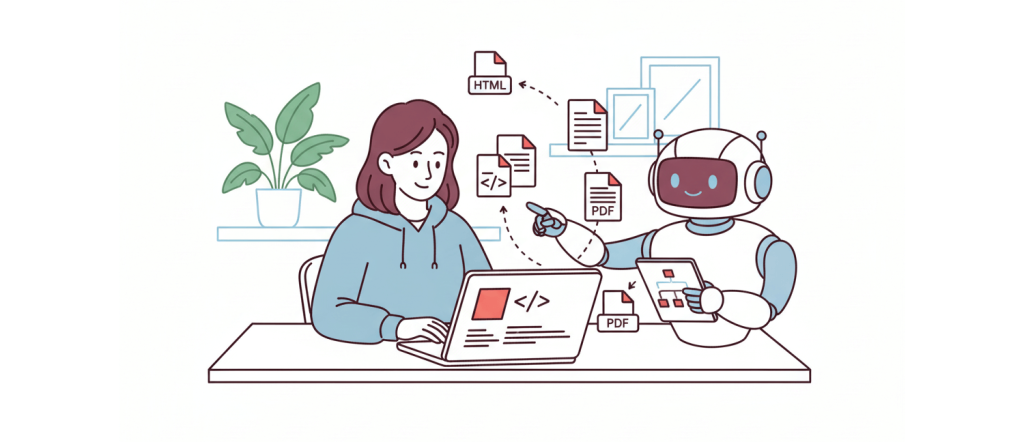
In this article, we’ll explore how to leverage Vibe Coding alongside the APITemplate.io PDF API to generate professional, production-ready PDF documents. You’ll learn how to craft effective ChatGPT prompts, create PDF-friendly HTML templates, and integrate your Jinja2-based layouts with APITemplate.io.
2. Vibe Coding
What is Vibe Coding?
Vibe coding (or “vibecoding”) is a programming paradigm in which a user describes a problem in a few sentences and an LLM tuned for code produces a working implementation. This shifts the developer’s role from writing lines of code to crafting, testing, and refining AI-generated source.
The term was introduced by Andrej Karpathy on X (formerly Twitter) in February 2025, who described the process as “not really coding – I just see things, say things, run things, and copy-paste things, and it mostly works.”
There's a new kind of coding I call "vibe coding", where you fully give in to the vibes, embrace exponentials, and forget that the code even exists. It's possible because the LLMs (e.g. Cursor Composer w Sonnet) are getting too good. Also I just talk to Composer with SuperWhisper…
— Andrej Karpathy (@karpathy) February 2, 2025
By March 8, 2025, “vibe coding” was listed in the Merriam-Webster Dictionary as a “slang & trending” noun, cementing its entry into the tech lexicon.
The Vibe Coding Trend
Starting in early 2025, vibe coding has reshaped how developers tackle new projects. By shifting the grunt work of boilerplate and scaffolding to AI, engineers can spend their energy on high-level problem framing, prompt crafting, and iterative refinement.
This “idea-first” workflow slashes prototyping time: from days to mere hours and enables rapid exploration of alternative architectures, and helps teams validate features before committing to hand-written code.
The result is a more playful, experimental coding experience where creativity and intent take center stage, and tedious routine is largely automated away.
Pieter Levels’ Vibe Coding Game Jam
A standout celebration of this paradigm is Pieter Levels’ Vibe Coding Game Jam, hosted on X under @levelsio. In late March 2025, Levels challenged participants to build games in just seven days using at least 80 percent AI-generated code.
I'm organizing the
— @levelsio (@levelsio) March 17, 2025
🌟 2025 Vibe Coding Game Jam
Deadline to enter: 25 March 2025, so you have 7 days
– anyone can enter with their game
– at least 80% code has to be written by AI
– game has to be accessible on web without any login or signup and free-to-play (preferrably its… pic.twitter.com/xh1A8SXO9P
The competition’s grand finale awarded $10,000 for first place, $5,000 for second, and $2,500 for third, turning prompt-engineering into its own spectator sport and sparking friendly rivalries across the community.
Beyond the cash prizes, entrants walked away with sharpened skills in prompt design, AI debugging, and a deeper understanding of how to guide LLMs: demonstrating that vibe coding isn’t just efficient, it’s downright fun.
3. Pros and Cons of Vibe Coding
Vibe coding is transforming how developers approach software creation, but like any new paradigm, it comes with both significant advantages and notable drawbacks. Understanding these can help you decide when and how to best leverage AI-assisted coding in your own projects.
Pros
- Blinding Speed: AI-driven prototypes can reduce time-to-market by as much as 68%, letting startups validate ideas in days rather than weeks or months .
- Lower Barriers to Entry: Designers, marketers, and other non-traditional coders can assemble working tools without deep programming expertise, democratizing software creation.
- Creative Focus: By offloading repetitive tasks to AI, developers spend more time on high-level design and user experience, turning coding into a more creative, “idea-first” process.
Cons
- Shallow Understanding: Relying on AI to write code can leave developers unfamiliar with its inner workings, making debugging and maintenance challenging.
- Security Vulnerabilities: AI-generated code may not adhere to best practices, introducing hidden bugs or exploitable flaws unless carefully audited.
- Technical Debt: Without rigorous oversight, AI-written modules can become “spaghetti code,” accruing debt that undermines long-term maintainability.
- Skill Erosion: Critics warn that overuse of vibe coding risks atrophying core programming skills, as developers lean too heavily on AI rather than mastering fundamentals.
Vibe coding offers exciting opportunities for speed, creativity, and accessibility, but it also introduces new challenges around code quality, security, and long-term skill development.
By weighing these pros and cons, you can make informed decisions about how to integrate AI-driven coding into your workflow for the best results.
4. Why Use AI for Template Generation?
Traditional PDF template creation involves painstakingly hand-crafting HTML and CSS, testing layouts across print and screen, and making countless tweaks until everything aligns perfectly. Even small changes – like adding a new column, adjusting spacing, or introducing conditional logic – can require dozens of manual edits.
AI-driven template generation completely transforms this process by automatically turning your content requirements into code. Here’s how it helps:
- Consistency: Repetitive sections, such as table row loops or header/footer blocks, are generated with uniform markup, reducing the risk of typos or missing tags.
- Speed: Instead of writing out complex nested loops by hand, you simply describe your data structure once, and the AI generates the complete Jinja2
for-loops and conditional blocks for you. - Maintainability: As your data or requirements evolve – say, you add a “discount” field or switch from an items table to a grid of images – you just update your prompt, and the AI produces an updated template, eliminating the need for tedious manual refactoring.
In summary, leveraging AI for template generation not only streamlines the creation process but also ensures your documents remain consistent, adaptable, and easy to maintain as requirements change.
This modern approach empowers teams to focus on design and content, rather than wrestling with repetitive code edits.
5. APITemplate.io for HTML Template to PDF Conversion
APITemplate.io offers a powerful HTML to PDF conversion service designed for modern development teams and businesses. Here’s why it stands out:
- Zero Infrastructure Overhead: No need to install headless browsers and simply make an HTTP request to the API – APITemplate.io takes care of all the heavy lifting.
- Instant Scalability & Burst Handling: The managed API elastically scales to meet your needs. Whether you’re generating ten labels per minute or ten thousand invoices during a flash sale, the service automatically provisions the necessary compute resources. APITemplate.io also supports asynchronous rendering with webhooks, allowing you to process bulk jobs without blocking your application.
- Browser-Level Fidelity: Enjoy advanced CSS, web fonts, and client-side JavaScript support for pixel-perfect PDF output – no compromises on design or interactivity.
- Advanced PDF Features Built-In: Easily enable page headers/footers, dynamic page numbering, custom page sizes, watermarks, or table-of-contents generation through simple API parameters or template settings.
- Enterprise-Grade Reliability & Support: Benefit from SLAs, monitoring, and dedicated support. In the event of a conversion error or regional outage, you have access to status pages, alerts, and direct assistance – crucial for eCommerce and other high-availability workflows.
- Accelerated Development & Reduced Maintenance: By outsourcing PDF generation, your engineers can focus on core business features instead of wrestling with rendering edge cases and maintenance.
- No-Code Platform Support: APITemplate.io integrates with Zapier, Make.com, Bubble.io, and other popular no-code platforms, making it easy to automate document workflows without writing code.
In short, APITemplate.io streamlines PDF generation for teams of any size – eliminating infrastructure headaches, scaling effortlessly, and supporting both developers and no-code users with a robust, reliable platform.
6. Steps to generate the HTML Template via Vibe Coding
Step 1. Approach & Goals
Begin by clearly stating your layout objective. For example, you might say:
“You are an AI assistant that generates HTML templates suitable for conversion to PDF via APITemplate.io. I need an invoice template: In the header, display customer details (name, address, invoice number, date). Below the header, render an items table with description, quantity, and price. At the bottom, show a footer row with subtotal and total.”
This single-sentence goal helps the AI understand your intent in context.
Step 2. Supplying or Generating JSON Data
Your template needs matching data. You can either provide real payloads or ask ChatGPT to generate test data. If you already have a JSON sample from your backend, paste it into the prompt.
Otherwise, request, for instance:
“Generate sample JSON for an invoice with three items, including
invoice_number,date,customer(name, address), anditems(description, quantity, price).”
Here’s an example schema you could include:
{
"invoice_number": "INV-1001",
"date": "2025-05-04",
"customer": {
"name": "Acme Corp",
"address": "123 Main St, Singapore",
"email": "[email protected]"
},
"items": [
{"description": "Widget A", "quantity": 2, "price": 25},
{"description": "Widget B", "quantity": 1, "price": 40},
{"description": "Widget C", "quantity": 3, "price": 10},
{"description": "Widget D", "quantity": 2, "price": 15}
]
}
Step 3. Crafting the ChatGPT Prompt
A clear, concise prompt is key:
You are an AI assistant that generates HTML templates suitable for conversion to PDF via APITemplate.io. I need an invoice template: In the header, display customer details (name, address, invoice number, date). Below the header, render an items table with description, quantity, and price. At the bottom, show a footer row with subtotal and total.
Please produce only the inner content of the `<body>` and do not include `<html>`, `<head>`, or `<body>` tags and use Jinja2 placeholders for dynamic variables.
In addition, please follow these rules:
1. Layout constraints
* **Allowed:** block, inline-block, float
* **Disallowed:** flex, grid, CSS frameworks
* Use classic box model techniques only.
2. Data schema
* # Assume incoming JSON matches this example:
```
{
"invoice_number": "INV-1001",
"date": "2025-05-04",
"customer": {
"name": "Acme Corp",
"address": "123 Main St, Singapore",
"email": "[email protected]"
},
"items": [
{"description": "Widget A", "quantity": 2, "price": 25},
{"description": "Widget B", "quantity": 1, "price": 40},
{"description": "Widget C", "quantity": 3, "price": 10},
{"description": "Widget D", "quantity": 2, "price": 15}
]
}
```
\=====
3. Styling requirements
* The CSS styles should be produced separately and reuse them for similar elements
* **Borders:** use `border: 1px solid #CCCCCC;` for tables and section wrappers.
* **Font sizes:** headers at `font-size: 18px;`, body text at `font-size: 12px;`.
* **Colors:** text in `#333333`, headings in `#000000`, backgrounds in `#FFFFFF`.
4. Default values
* Use Jinja2 fallbacks, e.g. `{{ order.customer.email or '[email protected]' }}`.
* For missing customer address: `{{ customer.address or 'Address not provided' }}`.
Generate the body content accordingly, using block, inline-block, and float layouts so that the template renders correctly when converted to PDF.
Now paste the prompt into ChatGPT

Tips for Crafting Effective Prompts
When writing prompts for Vibe Coding, keep these best practices in mind:
- Be explicit about layout constraints: Clearly state which CSS techniques are allowed or disallowed (e.g., “no flex or grid”).
- Include your data schema: Embedding a sample JSON ensures the model maps placeholders correctly.
- Specify styling requirements: If you need borders, font sizes, or colors, mention them so the AI can generate inline CSS.
- Define semantic sections: Label sections in your prompt (header, body, footer) to guide the structure.
- Mention edge cases: If some fields are optional, note any conditional logic (e.g., “show discount row if
discountexists”). - Set default values: Ask the model to include fallbacks for missing data, such as
{{ customer.address or 'N/A' }}.
By crafting clear, detailed prompts and providing sample data, you enable AI tools like ChatGPT to generate precise, production-ready HTML templates for PDF generation.
Specifying layout rules, styling, and edge cases ensures your templates are both visually consistent and robust – saving time and reducing manual errors in your workflow.
Step 4. Save and preview the template on APITemplate.io
Now that you’ve used ChatGPT to craft your HTML template and CSS styles, it’s time to bring them into APITemplate.io and turn them into actual PDFs.
In the next steps, you’ll paste in your code, preview the results, and fine-tune your design with ChatGPT’s help to ensure every detail is perfect before generating your final document.
Here’s how:
1. Start a New Template
- In your dashboard, go to Manage Templates and click New Template.
- Choose Create PDF with HTML and, if you’d like a head start, select a starter kit like HTML Templating Basics. This gives you sample markup and CSS you can adapt instead of starting from scratch.
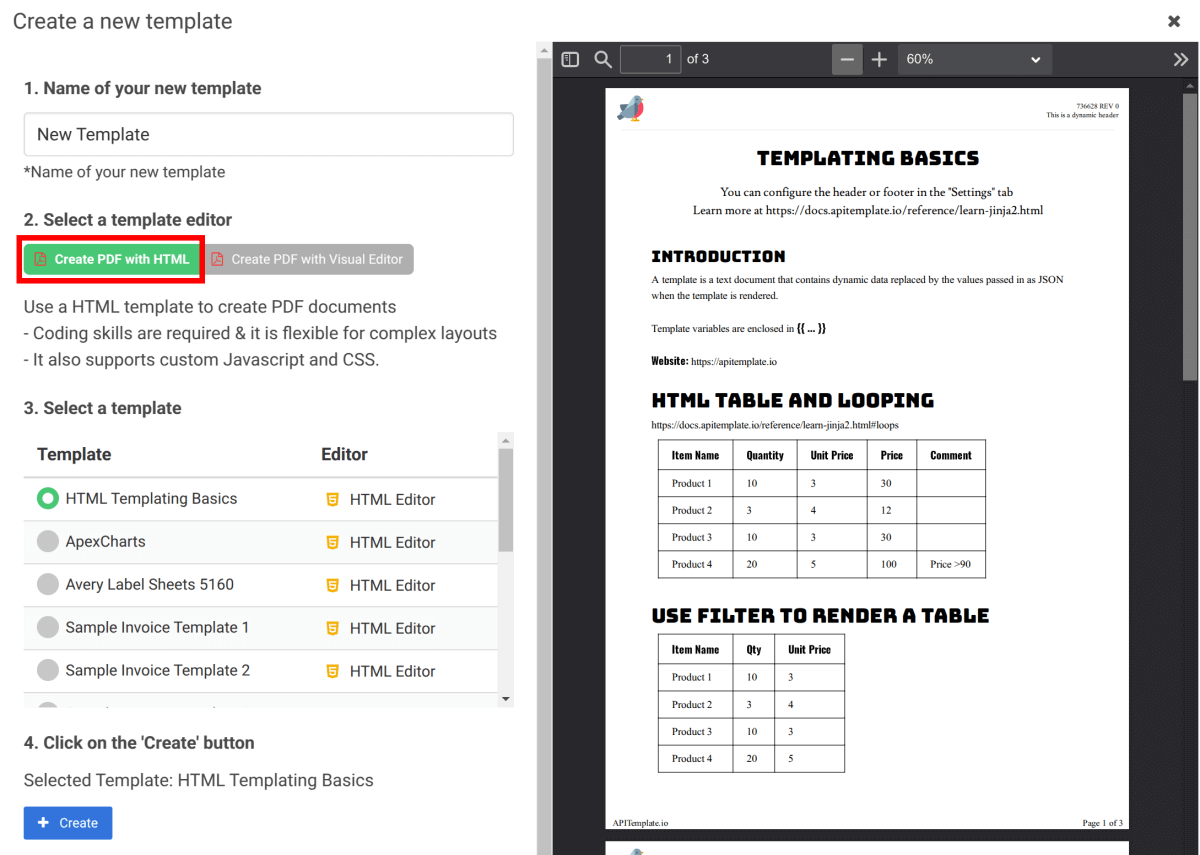
2. Paste in Your HTML and CSS
- After you’ve generated your HTML structure and corresponding CSS styles, switch to the Template tab and paste in your HTML code.
- Then click over to the CSS tab and drop in your stylesheet. This separation makes it easy to tweak layout or typography without touching your markup.
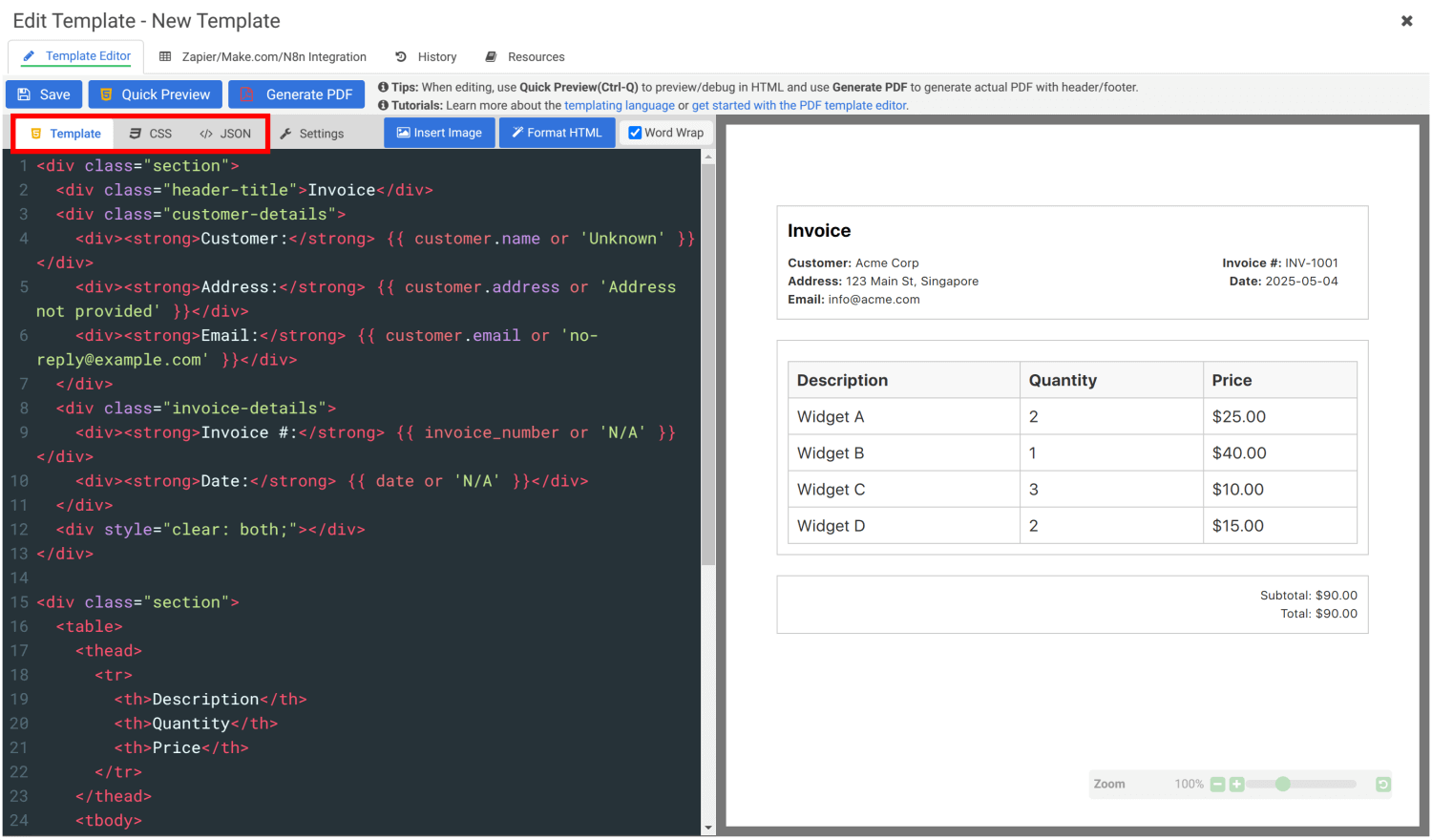
3. Preview and Iterate
- Hit the Preview button to see a live rendering of your design.
- Don’t worry if it’s not quite right on the first go—this is your playground. Tweak your prompt, ask ChatGPT for adjustments, or hand-edit your HTML and CSS until every heading, table, and image lines up exactly as you want.
4. Generate a Test PDF
- Once the preview looks good, click Generate PDF. You’ll get a downloadable PDF that mirrors what you saw on screen, complete with fonts, colors, and spacing.
- Use this step to double-check margins, page breaks, and how dynamic data flows through your layout.
5. Fine-Tune Your Page Settings
- Open the Settings panel to adjust paper size (A4, Letter, and more), orientation (portrait or landscape), and margin values.
- You can also customize headers, footers, and page numbers here—perfect for adding branding or legal disclaimers at the top or bottom of every page.
6. Save Your Masterpiece
- Happy with how everything looks? Simply click the Save button at the top right. Your template (HTML + CSS + settings) is now stored in your APITemplate.io account.
- You can return later to edit, duplicate, or share this template with teammates—no need to reinvent the wheel next time you need a polished PDF.
By following these steps: pasting your code, previewing, generating a test PDF, adjusting settings, and saving and you’ll have a reusable, on-brand template ready to power any PDF-generation workflow.
7. Bonus: PDF Generation Code
Once your template (e.g. ID: 79667b2b1876e347) is saved on APITemplate.io, here’s how to trigger PDF rendering:
Python code:
import requests
url = "https://rest.apitemplate.io/v2/create-pdf?template_id=79667b2b1876e347"
headers = {
"Content-Type": "application/json",
"X-API-KEY": "6fa6g2pdXGIyHRhVlGh7U56Ada1eF"
}
data = {
"invoice_number": "INV38379",
"date": "2021-09-30",
"currency": "USD",
"total_amount": 82542.56
}
response = requests.post(url, json=data, headers=headers)
if response.ok:
with open("output.pdf", "wb") as f:
f.write(response.content)
print("PDF generated and saved as output.pdf")
else:
print("Error:", response.text)
Node.js code:
const axios = require('axios');
const fs = require('fs');
const url = 'https://rest.apitemplate.io/v2/create-pdf?template_id=79667b2b1876e347';
const headers = {
'Content-Type': 'application/json',
'X-API-KEY': '6fa6g2pdXGIyHRhVlGh7U56Ada1eF'
};
const data = {
invoice_number: 'INV38379',
date: '2021-09-30',
currency: 'USD',
total_amount: 82542.56
};
axios.post(url, data, { headers, responseType: 'arraybuffer' })
.then(response => {
fs.writeFileSync('output.pdf', response.data);
console.log('PDF generated and saved as output.pdf');
})
.catch(error => {
console.error('Error:', error.response ? error.response.data : error.message);
});
The above Python and Node.js code samples demonstrate how to generate a PDF using APITemplate.io’s API. Both examples send a POST request with your data and API key to the template endpoint. If successful, the generated PDF is saved as output.pdf in your working directory.
If you are interested about Python and Node.js to generate PDF document, the followings are the sdditional blog posts:
With just a few lines of code, you can automate PDF generation from your templates using APITemplate.io’s API. This makes it easy to integrate dynamic document creation into your applications, saving time and reducing manual effort.
For more details, see the APITemplate.io API Reference.
8. Conclusion
Harnessing the power of Vibe Coding, ChatGPT, and APITemplate.io makes PDF template creation faster, easier, and more accessible than ever before.
Instead of spending days on manual coding and troubleshooting, you can focus on your ideas and let the tools handle the heavy lifting – turning your requirements into polished, production-ready PDFs in minutes.
Ready to streamline your document workflows? Try APITemplate.io for free and experience a smarter way to automate your PDF generation today: Create a free account for free.

